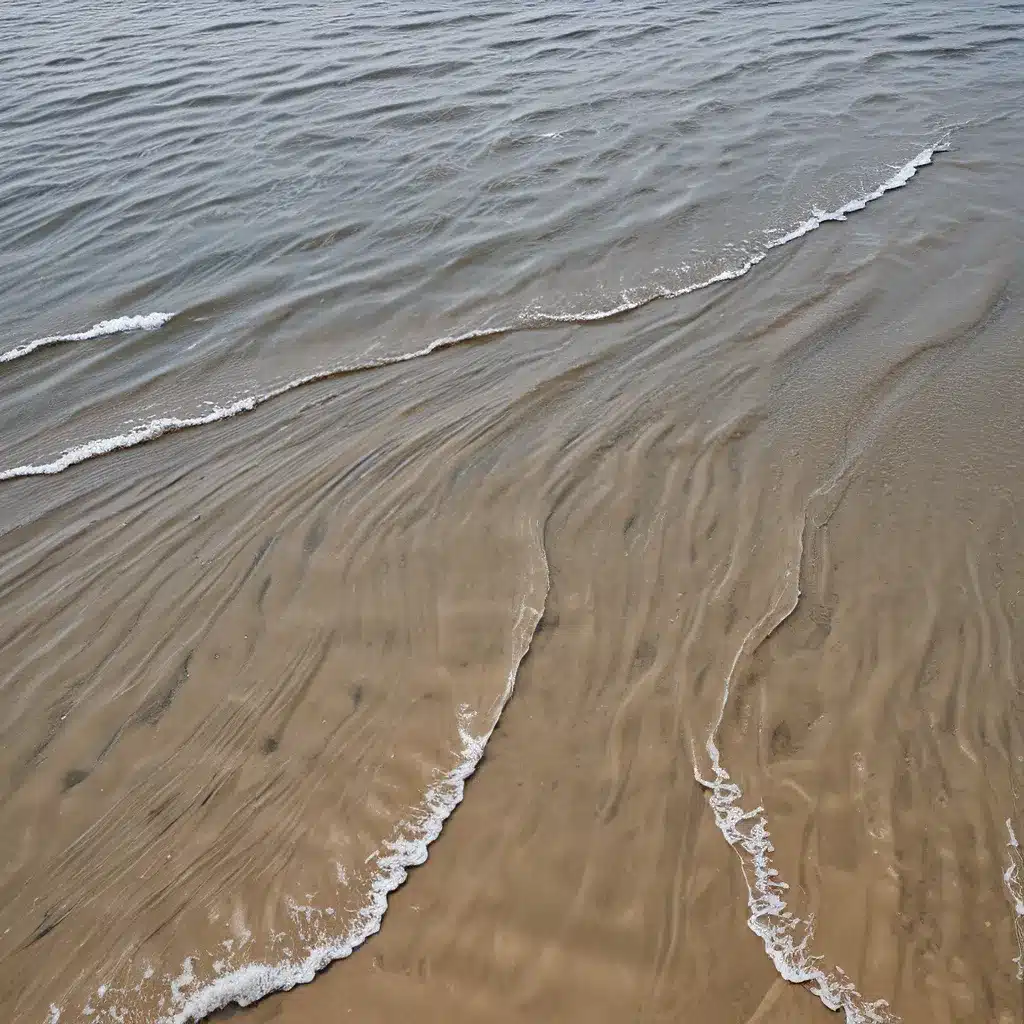
Imagine a world where every drop of water we use is treated, recycled, and reused – a world where our oceans and rivers become sources of renewable energy, powering our communities and driving innovation. This may sound like a futuristic dream, but in reality, the potential for maximizing our water resource management is already within our grasp. And I, for one, am thrilled to dive headfirst into this wave of opportunity.
Tapping into the Untapped Potential of Marine Energy
As I was researching this topic, I stumbled upon some fascinating insights from the U.S. Department of Energy’s Marine Energy Program. Did you know that the natural energy coursing through our oceans and rivers could potentially meet 60% of the United States’ total electricity needs? That’s an astounding statistic that really puts the immense power of marine energy into perspective.
But it’s not just about the staggering numbers – it’s about the real-world applications and the potential to revolutionize the way we power our communities. The program’s research has shown that marine energy could provide clean, reliable energy to remote and island locations, as well as power innovative “blue economy” applications like ocean observation technology and desalination/water treatment devices.
Just imagine – our oceans and rivers, once seen as mere obstacles, could become the backbone of a new era of sustainable energy and water management. It’s a tantalizing prospect, and one that the Department of Energy’s Marine Energy Program is actively working to unlock.
Overcoming the Challenges: A Strategic Approach
Of course, as with any groundbreaking technology, there are challenges to overcome. The program’s research has identified the high costs and lengthy permitting processes associated with in-water testing as significant hurdles. But rather than throw in the towel, the team has taken a strategic, multi-pronged approach to address these issues.
Their four core R&D activity areas are:
1. Foundational R&D: Laying the groundwork for more advanced technologies.
2. Technology-Specific System Design & Validation: Ensuring the viability and reliability of marine energy devices.
3. Reducing Barriers to Testing: Streamlining the process and lowering the costs of in-water testing.
4. Data Access & Analytics: Leveraging data to drive continuous improvement and innovation.
By tackling these challenges head-on, the Marine Energy Program is paving the way for a future where marine energy becomes a reliable, cost-effective, and widely adopted solution. And as an avid supporter of renewable energy and sustainable water management, I can’t help but get excited about the possibilities.
The Tides of Change: Harnessing the Power of Water
But it’s not just about the technical aspects of marine energy – it’s also about the broader impact it can have on our communities and the environment. As the Inland Waters Inc. team has shown, water resource management is a complex and multifaceted challenge that requires a holistic approach.
By tapping into the power of our oceans and rivers, we can not only generate clean, renewable energy, but also leverage that energy to power innovative water treatment and desalination technologies. Imagine a world where every household has access to clean, safe drinking water, and where industrial wastewater is efficiently treated and reused. It’s a future that’s not only possible, but one that’s within our reach.
Navigating the Uncharted Waters of the Blue Economy
But the potential of marine energy goes beyond just powering our homes and businesses. The so-called “blue economy” – the burgeoning industries and activities centered around our oceans and waterways – is ripe with opportunities for innovation and growth.
From ocean observation and monitoring to sustainable aquaculture and marine tourism, the blue economy is a vast, untapped frontier that can be revolutionized by the power of marine energy. Imagine autonomous, ocean-powered drones monitoring marine ecosystems, or off-grid desalination plants providing clean water to coastal communities. The possibilities are truly endless.
And as the global demand for sustainable, ocean-based solutions continues to grow, the companies and individuals who embrace this wave of opportunity will be poised to lead the charge. It’s an exciting time to be in the water resource management industry, and I can’t wait to see what the future holds.
Charting a Course for a Sustainable Future
As I reflect on all that I’ve learned about the potential of marine energy and water resource management, I’m struck by the sense of both excitement and responsibility that comes with this wave of opportunity. On one hand, the prospect of harnessing the power of our oceans and rivers to drive innovation, create jobs, and improve the lives of people around the world is truly inspiring.
But on the other hand, we have a duty to ensure that this technology is developed and deployed in a responsible, sustainable manner. We must continue to invest in research and development, work to overcome regulatory and financial barriers, and collaborate with stakeholders across industries to create a future where water is treated as the precious, life-sustaining resource that it is.
It’s a daunting task, to be sure, but as I’ve learned from the Department of Energy’s Marine Energy Program and the team at Inland Waters Inc., it’s a challenge that we’re more than ready to take on. With strategic planning, innovative thinking, and a steadfast commitment to sustainability, I believe we can ride the waves of opportunity and create a future where water resource management is not just a necessity, but a source of boundless possibility.
So let’s dive in, shall we? The tides of change are upon us, and the time to act is now.


